Summary | Excerpt | Reviews | Beyond the Book | Readalikes | Genres & Themes | Author Bio

A History
by Helen Castor
The same could also be said of Joan's account of herself at the 'trial of condemnation' of 1431. The unshakeable conviction in her cause and the extraordinary self-possession that had brought her to the dauphin's presence at Chinon in February 1429 only grew as time went on. We call her 'Joan of Arc', for example – taking her father's appellation, 'd'Arc', and transferring it to her – but that was a name she never used. Just a few weeks after her arrival at court, she was already referring to herself as 'Jeanne la Pucelle', 'Joan the Maid' – a title redolent with meaning, suggesting not only her youth and purity but her status as God's chosen servant and her closeness to the Virgin, to whom she claimed a special devotion. And the sense of herself that she expressed at her trial was no 'neutral' account of her experiences, but a defence of her beliefs and actions in response to prolonged questioning from hostile prosecutors intent on exposing her as a liar and a heretic. As such, it's a rich, absorbing and multilayered text, but one that is as difficult to interpret as it is invaluable.
Unsurprisingly, the effect of Joan's gravitational field – the self-defining narrative pull of her mission – is equally apparent in historical accounts of her life. Most begin not with the story of the long and bitter war that had ravaged France since before she was born, but with Joan herself hearing voices in her village of Domrémy in the far east of the kingdom. That means that we come to the dauphin's court at Chinon with Joan, rather than experiencing the shock of her arrival, and as a result it's not easy to understand the full complexity of the political context into which she walked, or the nature of the responses she received. And because all our information about Joan's life in Domrémy comes from her own statements and those of her friends and family in the two trials, historical narratives which start there are infused from the very beginning with the same hindsight that permeates their testimony.
Distortion, then, is one risk; but, beyond that, what lies at the centre of this gravitational field is immensely difficult to read. On closer investigation it can seem, unnervingly, as though Joan's star might collapse into a black hole. When we go back to the trial transcripts, at almost every point in her story there are discrepancies between the accounts of different witnesses – and sometimes within the testimony of a single witness, including that of Joan herself – about the detail of events, their timing and their interpretation. The accounts we have, in other words, don't straightforwardly build into a coherent and internally compatible whole. That's hardly surprising: after all, eyewitness testimony can differ even about recent events and in relatively unpressured circumstances. Joan, we must remember, was interrogated over many days by prosecutors she knew were seeking to prove her guilt; and the nullification trial sought to clear her name by asking those who knew her to recall what she had said and done more than twenty-five years after the fact.
Even if they aren't surprising, however, these inconsistencies and contradictions raise the question of how the evidence should best be understood. Sometimes, historians have picked their way through the different accounts, choosing some details to weave into a seamless story and glossing over other elements that don't fit, without explaining why one has been preferred to another. Sometimes, too, parts of a single testimony have been accepted while others are dismissed, apparently more on the basis of perceived plausibility than anything else. (Of the information that Joan offered only at her trial, for example, her identification of her voices as those of Saints Michael, Margaret and Catherine has been taken seriously; her description of an angel appearing in the dauphin's chamber at Chinon to present him with a crown, by contrast, has not.) And, in general, much less attention has been paid to the questions witnesses were asked than to the answers they gave, despite the extent to which the latter were shaped and defined by the former. At the heart of both trials was the question of where the dividing line lay between true faith and heresy. Witnesses, therefore, were not offered a general invitation to describe their experiences of Joan (or, in her case, her own experience), but were instead asked to respond to precise articles of investigation framed – whether the respondents understood it or not – by particular theological principles.
From Joan of Arc by Helen Castor Copyright © 2015 by Helen Castor. Reprinted courtesy of Harper, an imprint of HarperCollins Publishers.
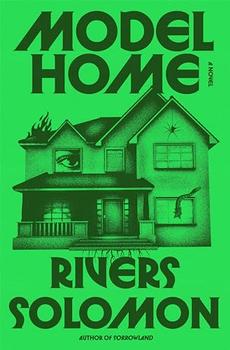
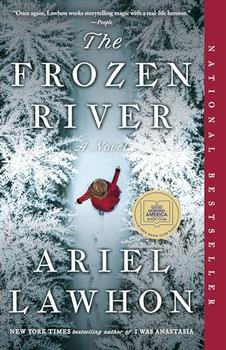
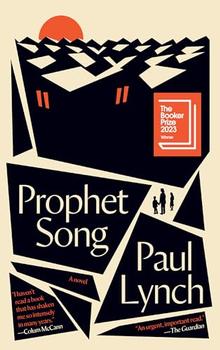

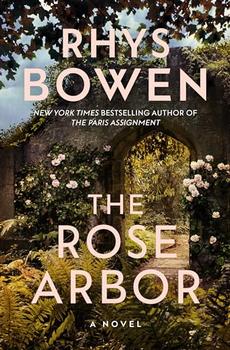
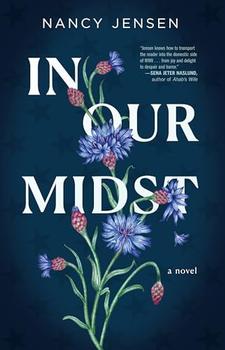
Outside of a dog, a book is man's best friend. Inside of a dog it's too dark to read.
Click Here to find out who said this, as well as discovering other famous literary quotes!
Your guide toexceptional books
BookBrowse seeks out and recommends the best in contemporary fiction and nonfiction—books that not only engage and entertain but also deepen our understanding of ourselves and the world around us.